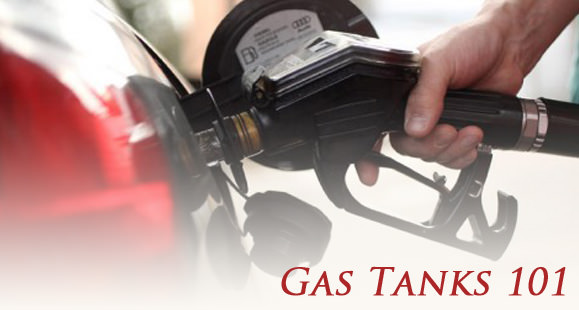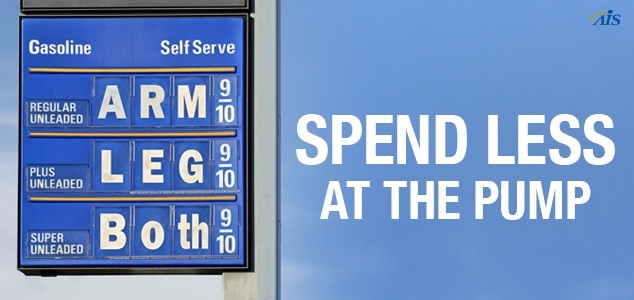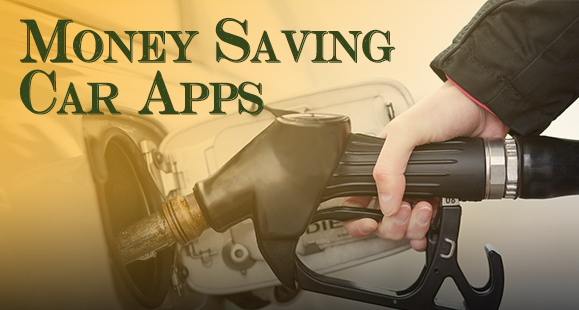While filling up the gas tank is something that most people do frequently, there are some real risks involved in this task. To ensure your safety it’s critical to follow the property procedures. We suggest following these safety and efficiency tips to get the most out of your gas tank.
Gas Tank Structure
First, you have to understand the basic components of a gas tank. The fuel pipe is connected to the fuel cap where you insert the gasoline. This pipe leads down into the actual tank which varies by capacity based on vehicle size. Inside the tank the fuel filter sucks up gasoline and sends it on to fuel injectors which then send it on to the engine components.
Gas Tank Safety
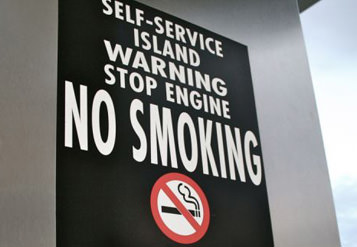
First, never smoke while you are pumping gas into a vehicle or even near the gas station. As gasoline is pumped, vapors escape into the surrounding air. A lit match, lighter or a cigarette can ignite these vapors causing you or the vehicle to catch on fire. Static electricity can also create a tiny spark that can ignite these gas vapors as well. For this reason, you should always place your hand on a metal part of the vehicle before pumping gas. This discharges any static electricity in your hair, clothing or body. Once you begin fueling, avoid entering the vehicle or trunk as this can create more static electricity.
Should You Idle or Shut it Off?
Although modern vehicles are much more efficient than older ones, if you are going to be stopped for more than a minute, such as when waiting on a train, you will save a little gas by shutting off the engine. However, the amount saved is negligible.
Does Driving on Empty Hurt a Vehicle?
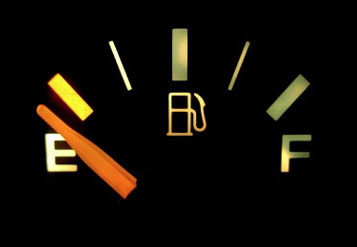
The short answer is no. In very old vehicles, rust and debris would settle on the bottom of the tank and then get flushed into the engine when the vehicle was low on gas. However, modern vehicles have filters which prevent this. The tanks also don’t corrode as much. However, don’t let the vehicle run out of gas, as this can dry out and damage the fuel pump.
Topping Off the Tank
Many people top off their tank to get to an even price. However, this is a bad practice and can even cost you money. Gas pumps have a sensor in the nozzle that determines when your tank is full. When you release more gas to top it off, the gasoline often flows back into the pump. This is due to a vapor recovery system that prevents vapor from dispensing into the air. Thus, the pump may charge you for the fuel, but it isn’t actually in your vehicle.
The information in this article was obtained from various sources. This content is offered for educational purposes only and does not represent contractual agreements, nor is it intended to replace manuals or instructions provided by the manufacturer or the advice of a qualified professional. The definitions, terms and coverage in a given policy may be different than those suggested here and such policy will be governed by the language contained therein. No warranty or appropriateness for a specific purpose is expressed or implied.
